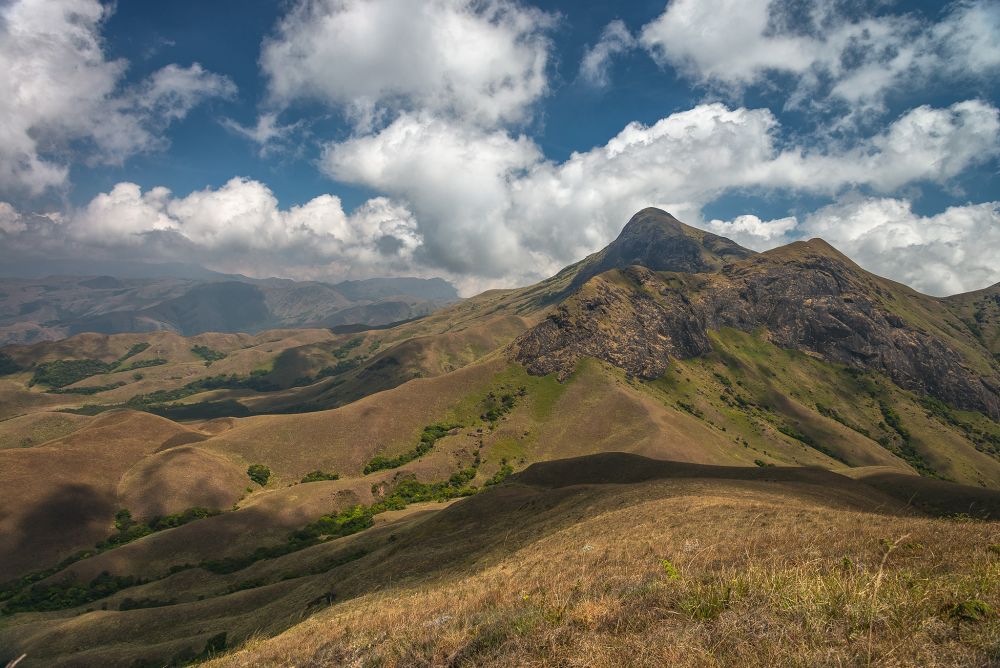

Located in the southern state of Kerala in India, Anamudi Peak is a popular destination for tourists seeking both adventure and tranquility. Standing at a height of 2,695 meters (8,842 feet), it is the highest peak in the Western Ghats and South India. It is situated within the Eravikulam National Park, near the famed hill station of Munnar.
Tourism in Munnar, and by extension at Anamudi Peak, started gaining popularity with the establishment of tea plantations by the British in the late 19th and early 20th centuries. The cool climate and lush landscapes made it an ideal summer retreat for British officials. It wasn't until India's independence and subsequent improvements in infrastructure that tourism began to flourish.
The establishment of Eravikulam National Park in 1978 was a major milestone, and it helped in safeguarding the region's biodiversity. This conservation effort made a visit to Anamudi Peak more attractive for ecotourists and nature enthusiasts. The park is home to the endangered Nilgiri Tahr, a type of mountain goat, and many other endemic species.
In recent years, Anamudi Peak has grown in fame as a trekking destination. Although trekking to the summit requires permission from the forest department, the trails leading up to the base of the peak offer their own set of thrills and scenic views. The title of being the highest peak in the Western Ghats also attracts mountaineers and trekkers from all around the world.
Eco-tourism is a growing trend in the Anamudi Peak region. Visitors are becoming increasingly aware of the importance of conservation, and activities that promote environmental responsibility are encouraged. This includes guided tours with a focus on education about the local ecosystem and responsible trekking practices.
Adventure tourism is also on the rise. Besides trekking, the surrounding areas offer opportunities for rock climbing, rappelling, and paragliding for adrenaline enthusiasts. The Neelakurinji, a flower that blooms once every twelve years, covering the hills in a blanket of blue, is a natural phenomenon that draws tourists in significant numbers.
Sustainable travel has been gaining momentum, with more tourists seeking out homestays and eco-friendly lodging options that support local communities and minimize environmental impact. Munnar and its surrounding regions are adapting to cater to these needs.
Wellness tourism is yet another dimension that's emerging, with visitors looking to combine the serene atmosphere of the high ranges with traditional Ayurvedic treatments that Kerala is famous for.
In conclusion, the history of tourism at Anamudi Peak is intertwined with the broader development of Munnar as a top tourist destination in Kerala. With its stunning natural beauty and a host of activities suitable for different types of travelers, Anamudi continues to be an emblem of South India's enchanting allure, contributing to the state's reputation as 'God's Own Country'.